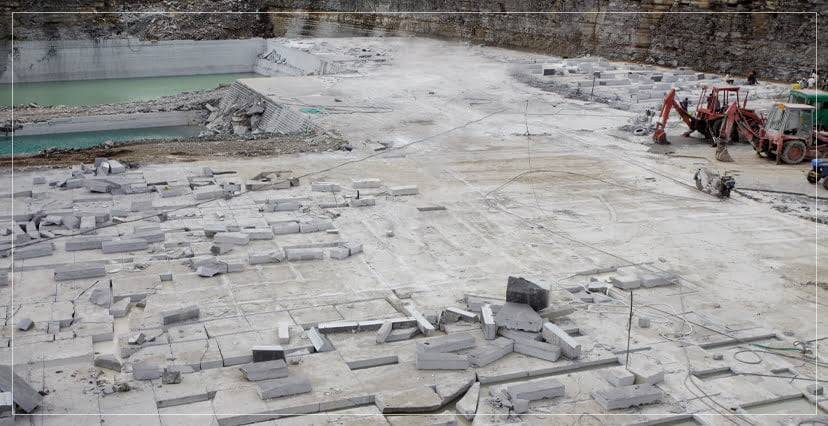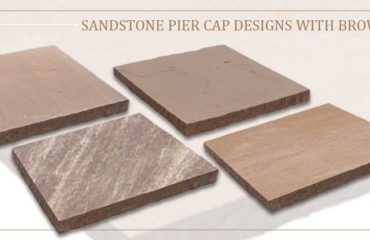Natural stone, being organically formulated in the lap of nature, always remains people’s first choice. They have their own distinct characteristics inherent to natural product which means we can always expect a little variation in color, pattern, texture, and size. Since they are quarried at different times and from diverse locations, final products are not bound to match the reference pictures or samples. Limestone is one such highly versatile Natural Stone. It is a sedimentary rock that forms at the bottom of the ocean over millions of years. Well, that is not enough to say. Since the purpose of this guide is to make you familiar with the stone’s basic properties, so for that it is important to see its formation first.
How Limestone Are Formed
This naturally quarried stone is the by-product of the deposition of algae, shells, and coral over the stone surface. Most limestone are produced when marine life comes to work i.e. when marine animals obtain calcium carbonate from the water to create bones and shells. Once they die, their bones and shells fall onto the seabed again where these shells will then accumulate and thus they form limestone over hundreds of years of heat, pressure, and compression.
Their prime consistency being calcium carbonate makes them vulnerable to alterations if exposed to acids. But at the same time, they are known for their durability over the ages. This is the reason this Natural Stone has had considerable commercial importance since Times New Romans.
Early Uses of Limestone
Elegance, beauty, and durability – these three traits make Limestone an apt choice for ornamental and building purposes. This Natural Stone may not be as tough as granite is, but it is far stronger than other landscaping alternatives such as concrete pavers or wood. And if maintained properly these limestone pavers can serve you for years to come. Because of its robustness, it is commonly used as an aggregate for roads. The timeless structures of Egyptian Pyramids are a great example of the permanence of this stone.
Present Day Use of Limestone
This natural stone product comes in distinct variations out of which few serve as a building stone for flooring, countertops in most Outdoor and Indoor Oasis, a great multi-functional stone that you can use around your fireplace or around your outdoor patio to host and charm your guests. The most prominent government and financial institutions worldwide proudly display limestone as their exterior cladding. Generally recognized by the presence of fossils, this natural stone attracts in a variety of neutral colors ranging from beige to yellow, gold to grey, and from blues to black. You may have a look at Stone Universe product guide for your ready references.
The quintessential example of this rugged sophistication is the Stone Universe Antique Black collection. A blend of black and charcoal tones gives an antique look to your surroundings and changes the entire ambiance of the project.
How to Care Your Limestone
Though Limestone are regarded as one of the versatile, eco-friendly, and reliable Natural Stones, the upkeep of this organic rock is highly recommended. Being a more porous stone, they need to be sealed properly at the time of their installation. Otherwise, they can etch when exposed to hard cleaning acids. So using the right kind of sealers and cleaners will help to keep your stone product in a very good condition for a long time.
Choosing the right kind of product for the right kind of functionality is very important. Like for your countertops, a denser variety of this Natural stone can be put to work. So upkeep, cleaning, and maintenance are what keep it going for years and years.
Everyday Use of Limestone
Because of the distinct features of the product, this Natural Stone has a variety of usage. Their non-slip surface makes it an apt product that can be installed in the exteriors near pools, ponds, and hot tubs. Their versatility makes them look attractively decent on patios, courtyards, pathways, and as stepping stones.
For further references, you may have a look at the Stone Universe application images that define the distinct use of a variety of limestone.






